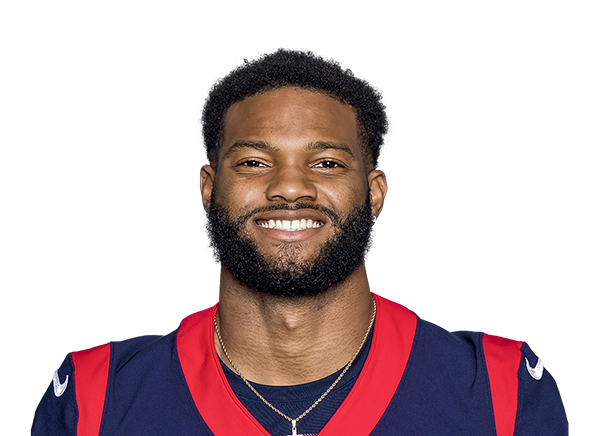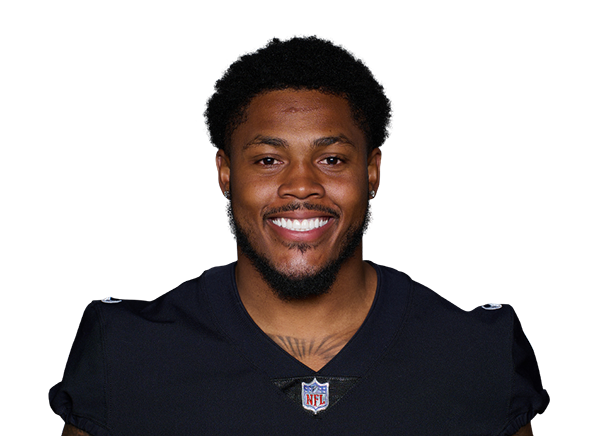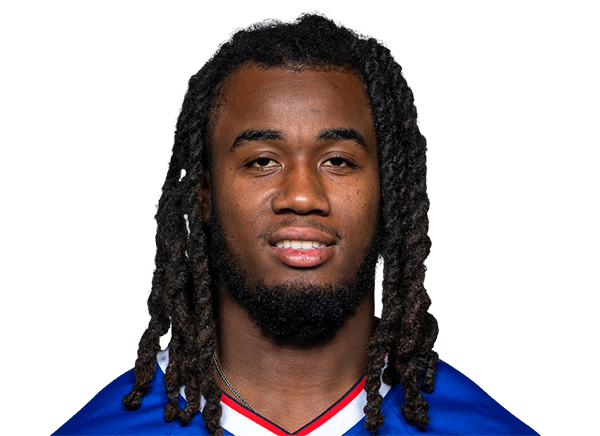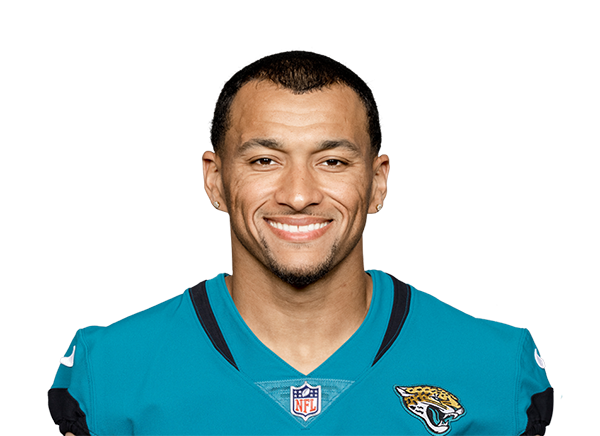Dynasty GAAP Memo: Buying The WR Dip Or Falling Knife?

If you have read my work before, you know I write in the form of “accounting memos” and apply accounting and finance themes to dynasty fantasy football. For anyone who has not been exposed, the format is very standard. Each memo will start with the “purpose.” Next, it will supply background and then outline the applicable “guidance,” or accounting literature utilized. Last will be the analysis and conclusion. The goal is to state the issue and quickly address it. My write-ups will follow this same logic. To summarize, welcome to “Good at Analyzing Players” or “GAAP”, a play on “Generally Accepted Accounting Principles” (and yes, my wife did come up with it).
Purpose
The purpose of this memo is to evaluate production dips for wide receivers and the impacts this has on a player’s dynasty value.
Background
“Buying the dip” is often a good investment strategy. Conceptually, the premise is that if a stock price has fallen, you have the opportunity to purchase “at a discount”. Buying the dip involves purchasing stocks during a market decline, and closely relates to another popular adage: “buy low, sell high.” It’s not rocket science and something that can easily be projected upon dynasty fantasy football. We want to trade for players when they are cheap as opposed to buying at their highest value. A great example is Justin Jefferson. I’m convinced the only way to get him now is to invent a time machine, go back to 2020, and draft him in your rookie draft (cheap). If you try to buy him now, it’s likely a 3-4 first round rookie picks conversation.
While this concept of “buying the dip” is rational and easy to understand, there is risk involved. That’s where the “falling knife” concept comes in. Falling knife is a colloquial term for a rapid drop in the price or value of a security. A falling knife can quickly rebound or the security may lose all its value as in the case of bankruptcy. Dynasty assets can follow a similar sentiment. For instance, I’m sure there were dynasty managers who bought Todd Gurley after his 2019 regression. Fast forward to 2021 and he was out of the NFL and his value was non-existent.
At this point, it is well documented that I tend to build my dynasty rosters through the wide receiver position. I like the stability and longevity that the position provides. However, 2024 feels like a “running back renaissance” is upon us. In 2024, running backs have been more stable producers than wide receivers. I expect this potentially to continue with the 2025 rookie class as well but that’s for a future memo. With the ascension of running backs, there are “buying the dip” opportunities for wide receivers. This memo will explore that sentiment.
Resources:
- Sleeper: Great interface for looking up historical statistics
- DLF Dynasty Rankings: Best dynasty rankings in the Industry
- DLF Average Draft Position (“ADP”) Data: Best resource to gauge current player value. Based on real dynasty startups.
- Investopedia: World’s leading source of financial content on the web.
Analysis
As discussed above, this memo will identify production dips for the top 36 wide receivers, per DLF dynasty rankings. In order to do so, we will compare each player’s dynasty rankings to their production in the 2024 season based on average PPR points scored per game. The attempt is to evaluate if we are “buying the dip” or catching the “falling knife”. Below I have batched the WR1s (top 12), WR2s (13 to 24), and WR3s (25 to 36) and identified and evaluated potential outliers based on these two metrics.
Marvin Harrison Jr., ARI
At 11.7 PPG, Harrison is the clear outlier within this population as the lowest scorer of the bunch. He has been pedestrian by all standards when compared to his expectations coming into the 2024 season. Currently, he has 33 receptions, 499 yards, and 6 TDs over 10 games. This projects to 56 receptions, 848 yards and 10 TDs. By most standards, that’s a great rookie season. The issue is that Harrison was not supposed to be like most rookies.
Due to that, I do think this is a dropping knife (not necessarily falling). I don’t think you’ll go bankrupt, but his production thus far is concerning, and I would happily take Nico Collins and Puka Nacua over him at this point. I expect his dip to stop around WR15 at the lowest.
DeVonta Smith, PHI
Smith is one of my favorite players. However, I think we have seen his peak season in 2022 when he finished as a WR1. I’m not sure he will ever climb to those heights again unless there is a major injury to AJ Brown. This saddens me, but I believe his true value is a middling WR2 (WR16-WR20) and he belongs in the group below.
As such, he is a falling knife that I would not pay WR1 prices for.
Jaylen Waddle and Tyreek Hill, MIA
I batched these two players together as I believe most of their issues relate to the Tua Tagovailoa head trauma. However, I do think that this offense is evolving and wants to heavily feature the running backs. For me, this is hard to understand based on the skillset of these wide receivers.
In my leagues, I’m actively trying to acquire Waddle. Still only 25 and has been successful as a volume receiver, with 104 catches as a rookie, and an efficient receiver, with 18 yards per catch in 2022. He also has three consecutive 1,000-yard seasons on his resume and has finished as a WR1/WR2 on a PPG basis throughout his career. In the WR2 group, he has the upside to finish as a WR1 from year to year and that’s what I’m looking for.
If my league mates are souring based on the 8.3 PPG, I would be buying the dip.
For Hill, I’m starting to grow very concerned. He is the only 30+ year old in the top 24 and is only averaging 11.1 PPG. He is coming off of back-to-back 1,700-yard seasons, which is incredible, but at 30+, he needs to be producing at that level to justify his ranking.
I would not try to catch this knife. If your league mates are still keen on the 20+ PPG upside, I would do my best to capitalize.
DJ Moore, CHI
Moore has had multiple 1,100+ yard seasons with worse QB play than he has in Chicago currently. This might be the worst coaching that the 27-year-old has had though and that’s saying something after his Carolina tenure. I know the Twitter/X-universe is down on Caleb Williams, but I think Williams and Moore recover with the firing of Shane Waldron. With this change, I fully expect the Bears to feature one of their best offensive weapons and scheme Moore open to help Williams get into a rhythm.
I’m buying the dip on Moore. In one of my leagues, I sent Deebo Samuel and a late third as recently as this week.
Jaxon Smith-Njigba, SEA:
I pivot on the concept here a bit in the WR3 grouping. The premise is “buy the production dip”. However, I think this group merits a different lens. Smith-Njigba feels like the biggest outlier in this entire exercise as the “buy the value dip”. At 22, he is averaging 14 PPG and clearly belongs in the WR2 group. I’m a big believer in Ryan Grubb as the Seattle offensive coordinator and believe that Smith-Njigba will continue to flourish in that pass-happy scheme from the University of Washington.
I’m buying the value dip here based on the production.
Terry McLaurin, WAS:
I may or may not have Tweeted this on September 8th of this season.
First off, fellow McLaurin owners, you’re welcome. Since then, Scary Terry has been on a tear and having his best season as a pro with 47 receptions, 711 yards, and 6 TDs through 10 games. This projects to 79 catches, 1,208 yards, and 10 TDs over 17 games. Those are WR1 numbers. Not quite the 1,400 noted above, but by far the best producer within this group for the rest of the season (poor Chris Godwin).
Similar to Smith-Njibba, I’m buying the value dip on McLaurin in my leagues if I can entice someone to take the youth over production.
Conclusion:
This analysis is one that I highly recommend. DLF rankings are a great tool, but imperfect due to how quickly the dynasty landscape can change. This exercise is something I always try and do at the mid-point of the season to ensure that I’m cognitive of regression and potential dips in value so that I can capitalize. I want to resist bias and not just hold a player because I bought in the offseason when he was not producing through over half of the NFL season, and his facts and circumstances have changed.
While I didn’t dive into advanced analytics on the players above, that’s another great way to help you identify if the dip is truly a buying opportunity or a falling knife. If you consistently buy the dips and avoid falling knives, that’s how dynasty championships are made!
“Buy the dip.”
- Dynasty GAAP Memo: Post-Mortem Rookie Re-Draft - December 12, 2024
- Dynasty GAAP Memo: Buying The WR Dip Or Falling Knife? - November 14, 2024
- Dynasty GAAP Memo: Sam Darnold’s Recession and Recovery - October 3, 2024




























































